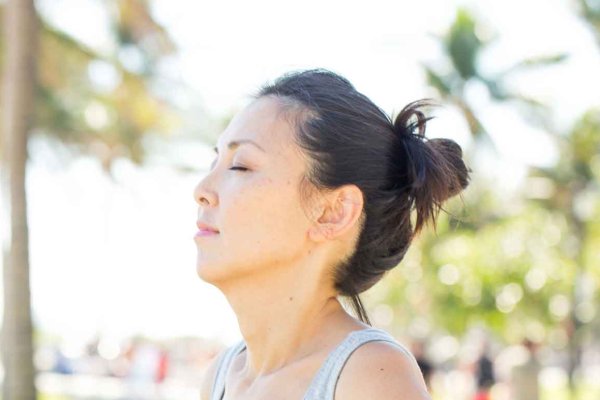-
Laser Caps for Hair Loss
Product FeatureLaser hair caps use low-level laser light to stimulate hair follicles and encourage hair growth without being invasive. This advanced technique is rapidly gaining…
-
Ashley and Martin’s Money Back Guarantee
Product FeatureUnder our Regrow Your Hair Guarantee if you don’t receive a noticeable amount of hair regrowth after completing your Ashley & Martin hair loss…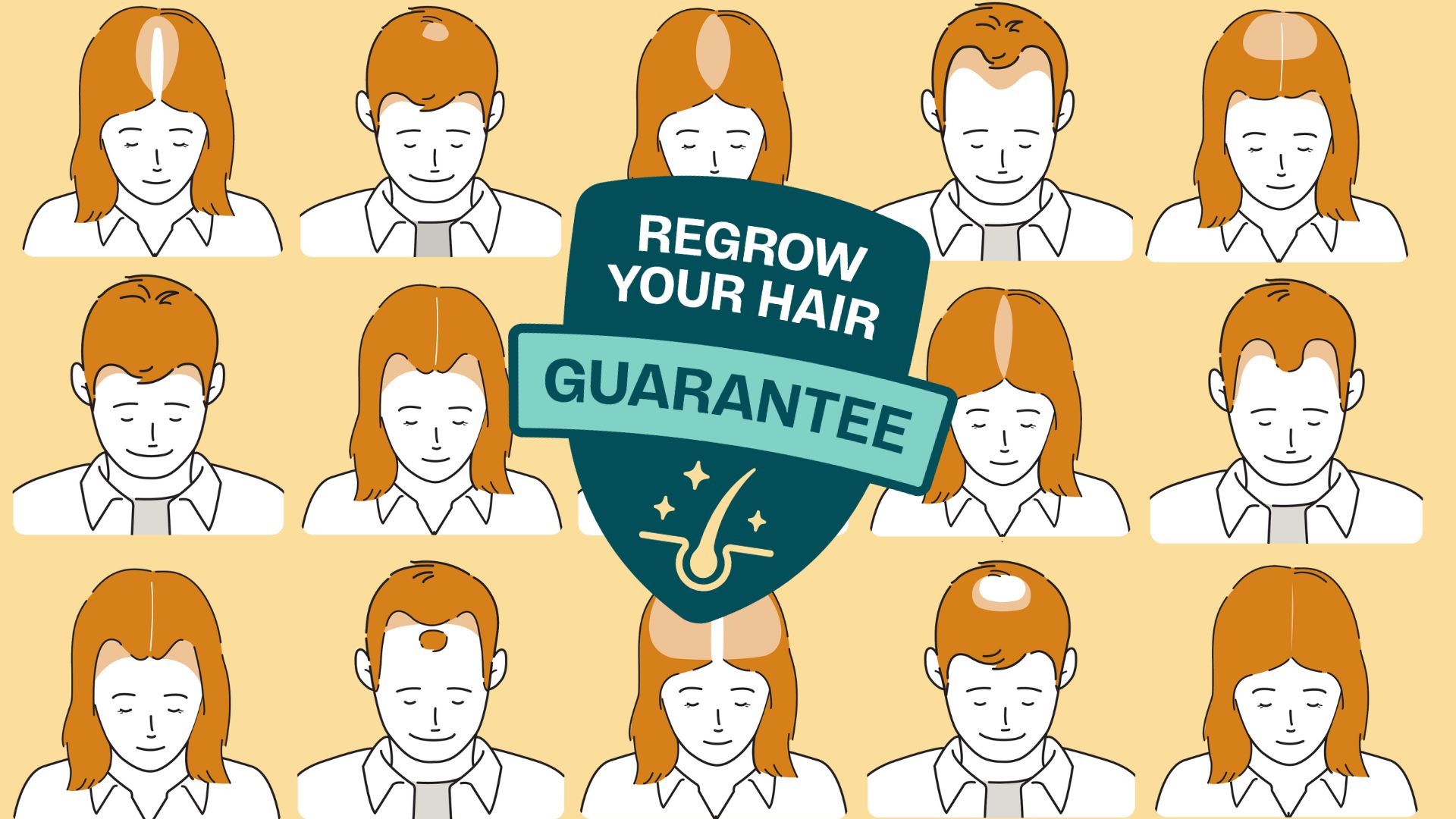
-
You’re Washing Your Hair Wrong
Tips & TricksMost people wouldn’t really think about it, but how you use shampoo should be different to how you use conditioner. This is more significant…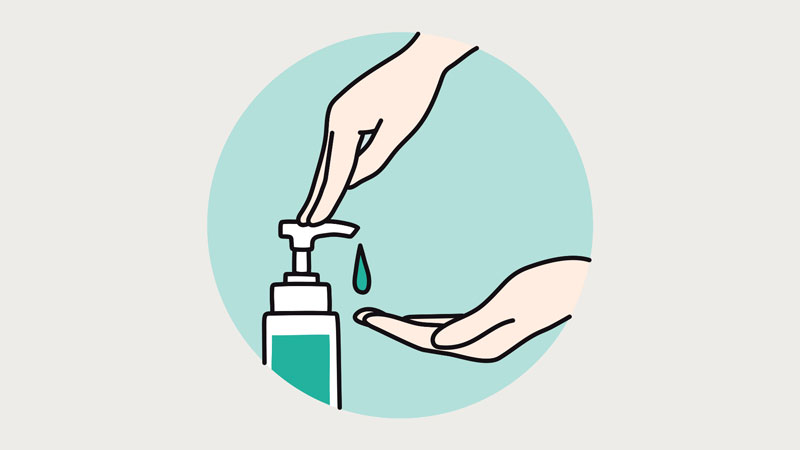
-
Is Your Health Kick Making You Go Bald?
Science ArticlesDiets that drastically reduce caloric intake for rapid weight loss can deprive the body of the essential nutrients needed for healthy hair growth. High-intensity…
-
The Best Women’s Hairstyles for Thinning Hair
Tips & TricksWith the right style there are plenty of ways you can achieve fuller-looking hair and conceal hair thinning.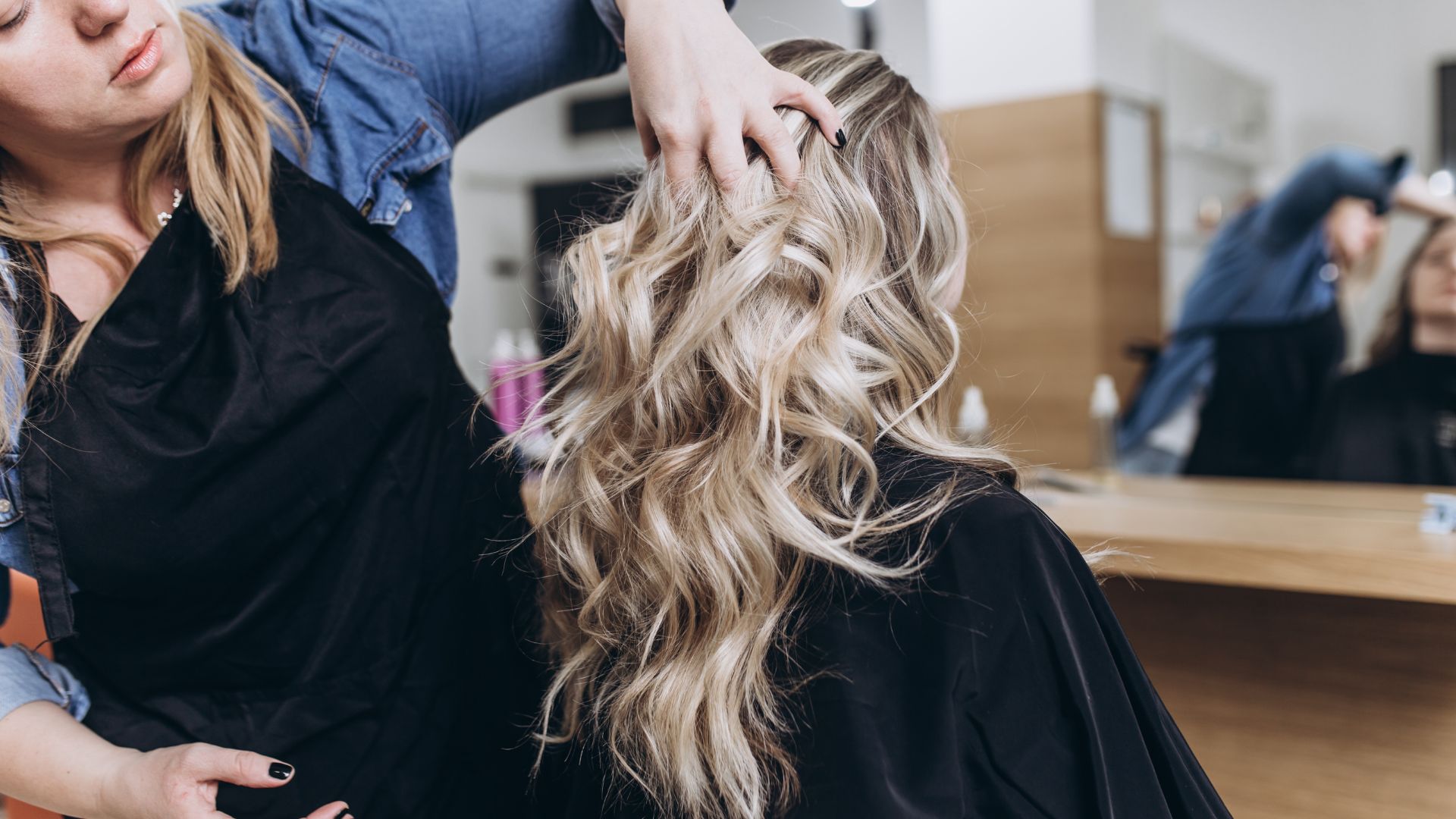
-
Hair Transplants: Before and After
Product FeatureMore men are heading to Turkey and Thailand for a hair transplant surgery. But what does a hair transplant cost, is it worth it,…
-
Decoding Genetic Hair Loss
Science ArticlesGenetic hair loss isn’t just the most common form of hair loss in men and women. It’s also a type of hair loss we’ve…
-
Should I share my laser hair growth cap?
Product FeatureUsing a laser hair cap at home Proven as an effective, drug free option to grow more hair at home, it’s no big surprise…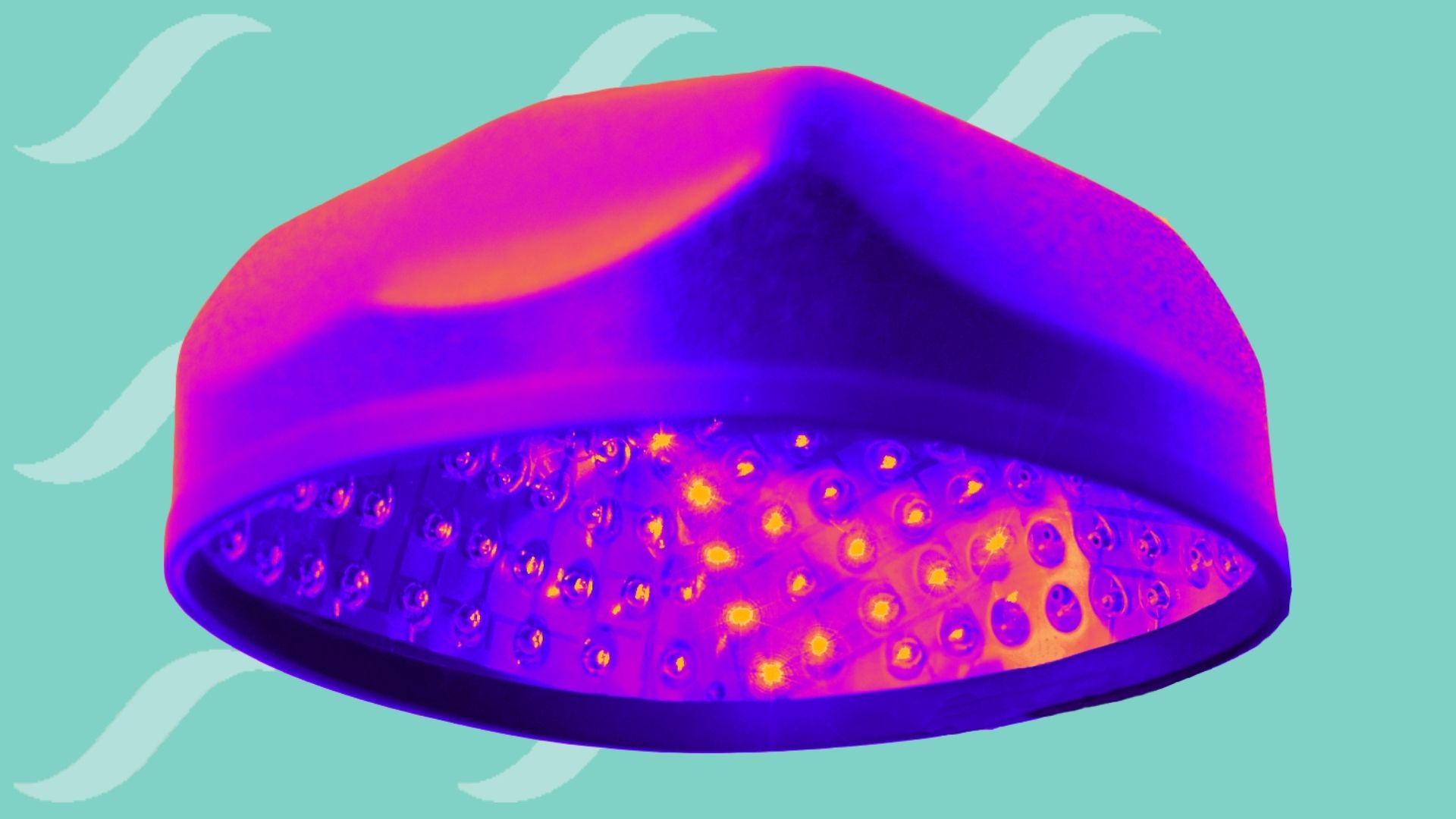
-
Styling Tips to Reduce Hair Loss
Tips & TricksYour hair styling routine could be contributing to your shedding. In this article, we’ll look at some styling tips to reduce hair breakage, promote…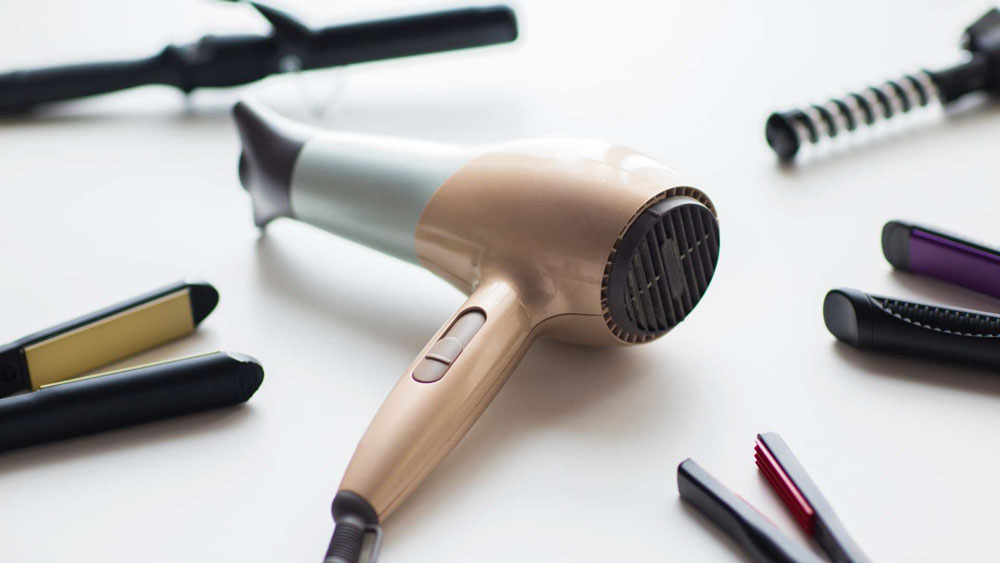
-
The Best Natural Hair Loss Treatments
Product FeatureFrom hair supplements to herbal remedies, we delve into all the best natural hair loss treatments to let you know what really works.

Would you like to talk to a hair loss specialist?
Contact us for information and advice with free consultations available.
Frequently Asked Questions
We have extremely high success rates. Under our Regrow Your Hair Guarantee, if you don’t receive a noticeable amount of hair regrowth after completing your Ashley & Martin hair loss treatment, we’ll give you a full refund. This guarantee is provided to most Ashley & Martin clients with Stage 2 (slight) to Stage 4 (severe) hair loss.
Almost all Ashley & Martin clients undergoing a hair regrowth treatment are offered the Regrow Your Hair Guarantee. This guarantee is provided once it’s been determined that a hair regrowth program is suited to your condition. Generally speaking, this is anyone with a common hair loss condition such as alopecia or male / female pattern baldness, whose hair loss currently falls between Stage 2 (slight) to Stage 4 (severe).
Only those whose hair loss is too advanced (Stage 5 – 7), or not noticeable (Stage 1) wouldn’t be offered the guarantee. Likewise, those with less common hair loss conditions, such as hair loss caused by radiation, autoimmune conditions or traction alopecia, may not be suited to a hair regrowth program and wouldn’t be offered the guarantee. In these cases, our doctors and trichologists may suggest alternative treatment options that can help.
There are many factors that can contribute to hair loss. To get the best results, we provide personalised treatments to address the root causes of your condition. This may include a combination of medications that block the hormones causing hair loss; topical solutions that stimulate hair follicles; low-level laser therapy (LLLT) that uses red light therapy to stimulate the scalp; and natural supplements that ensures your body has the essential nutrients it needs to grow more hair.
Our treatments work best on hair loss characterised by a receding hairline and / or thinning hair on the crown. However, results can vary depending on the underlying causes and the stage of hair loss. Book a free hair loss assessment to find out if you can regrow your hair.
As Australasia’s largest hair care clinic, we embrace our responsibility to do the right thing. This includes working hard to reduce our environmental impact and ensure our products are ethically sourced and cruelty free. Some recent wins include transitioning from plastic shampoo and conditioner bottles to a renewable bio-material. We’re also working to reduce our carbon footprint as a member of Impact International’s Sustainable Forest Initiative.
